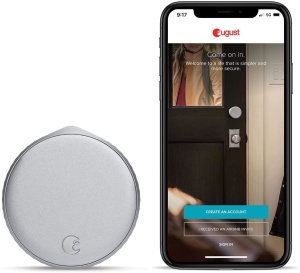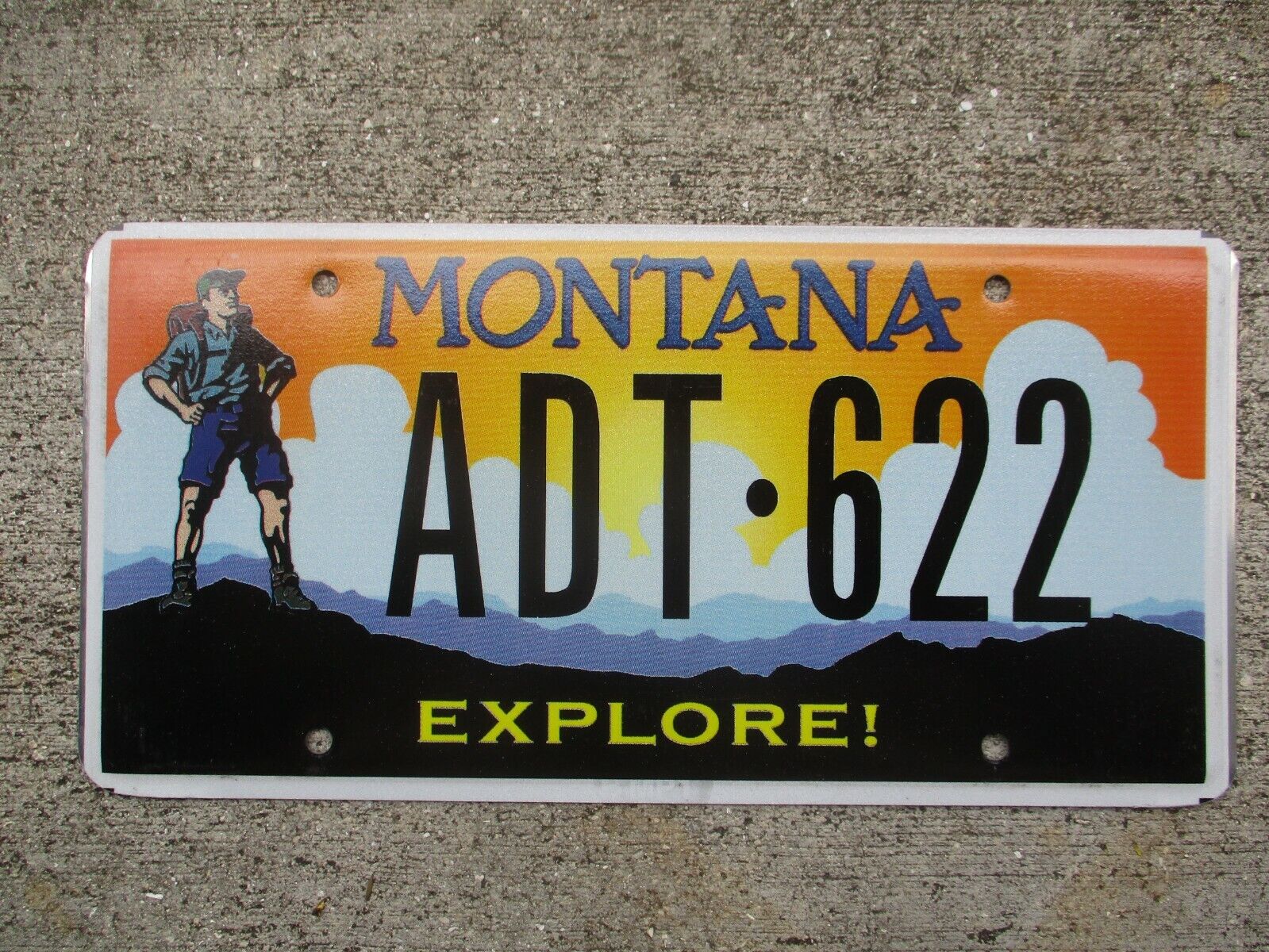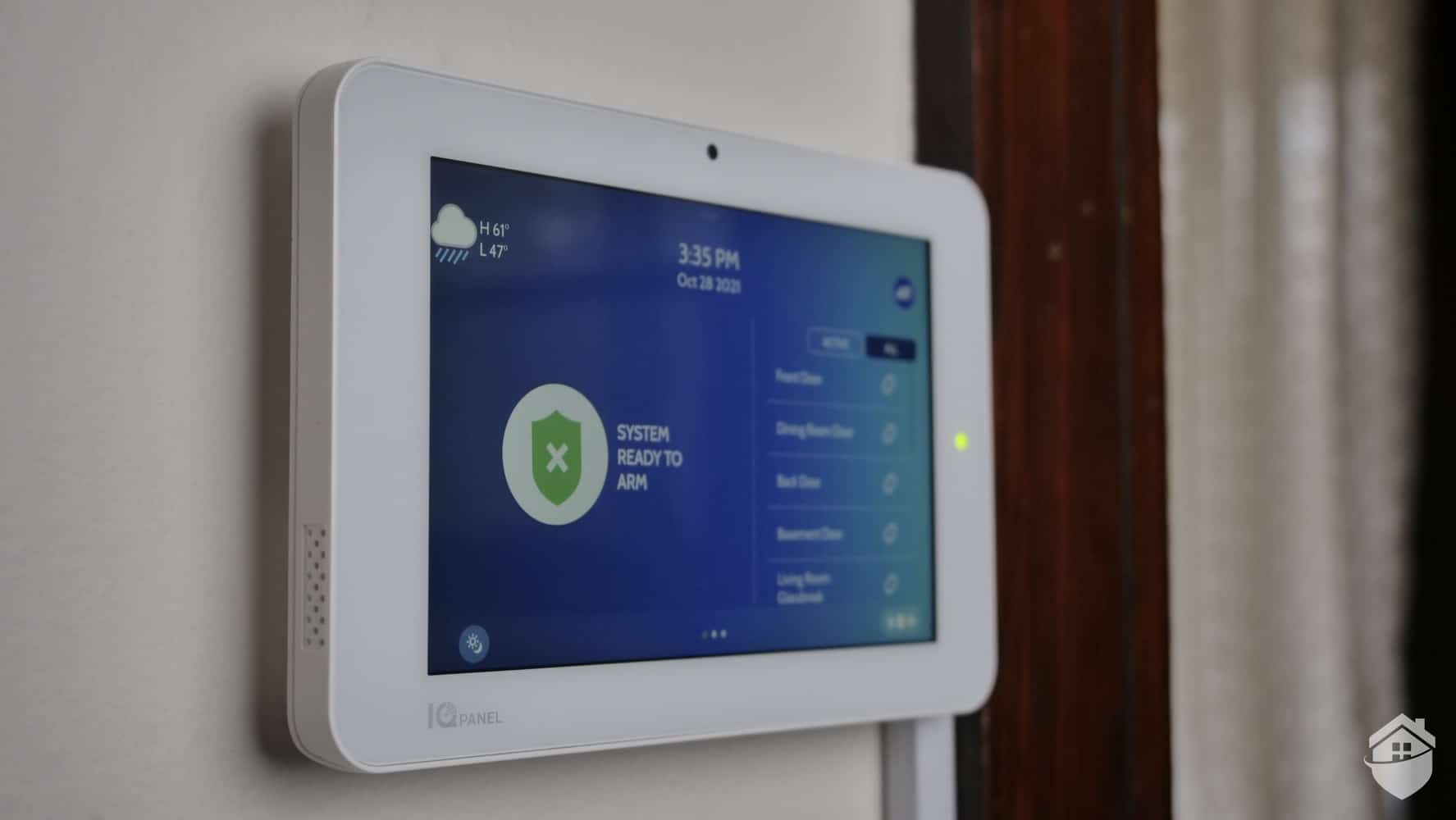
Nest Connect and Nest Guard control the lock's functions. You can unlock or lock it from anywhere on the planet. It's keyless and tamper-proof, unlike the Yale lock. This lock will protect your home.
Less than stellar
The Nestx Yale lock comes without a keyhole, contrary to its name. To lock or unlock the Nest x Yale lock, you will need either a 9-volt or code. Although the lock is intuitive and easy to use, certain features make the product less than ideal.
The Nest x Yale lock doesn't have voice control, which is one of its most disappointing aspects. However, if you have a Nest Secure system, the lock should be compatible with it. The lock does not support flexible smart-home integration. The lock cannot connect to SmartThings or HomeKit. It therefore is not compatible.
Nest Connect and Nest Guard are required
Nest Detect is only compatible with Nest Connect or Nest Guard if it is within its Wi-Fi range. It will not connect to Wi-Fi if it is out of range. You can fix this problem by reconnecting the device to Wi-Fi. This should be easy and fast.

To add a Nest lock to your Nest account, you can use the Nest app. The app will locate the lock, then you can press the white indicator button located above your thumb turn on its interior side. Try moving the Guard/Connect closer to the lock to make sure it is visible to the app.
Doesn't support voice control
Google Assistant allows you to lock and unlock your door using a Nest X Yale Lock. This smart lock can be installed on your garage door and will notify you in case of an emergency or a smoke problem. You can customize the label and name of the lock. To use this device, you must have a Nest Connect hub.
The Nest x Yale lock is available at major retailers. It also includes Nest Connect. The lock itself is $279, but you can purchase the Nest Connect separately for an additional $69 on Nest's website. This lock is compatible with the Nest Secure system. It will turn off the alarm when you enter the code, but will automatically arm again after you leave the house.
Isn't compatible with multi-point locks
Multipoint locks are an excellent way to increase your home's security. Multipoint smart locks can't be used with conventional cylinder type deadbolts. The technology is still new, but some companies are creating multipoint smart lock solutions to increase home security.
Multipoint locks are made up of a lock box, hooks and a deadbolt. The lock case is attached to the door frame at the edge. The hooks attach to the top and bottom. The deadbolt will be located in the centre of the lock case. There is an exterior handle to open the door. This handle can be key-operated. Or it could be operated using a lever.

Doesn't offer a remote controller
The Nest x Yale lock, a smart door lock, replaces a traditional mortise lock. It connects to the Nest hub quickly and has an ANSI Security Rating of 2. It works only with Nest products and does not support Alexa or Google Assistant. To operate the Nest product, you will need to either install the Nest app or use its Nest hub.
Although functional, the Nest x Yale Yale lock has some issues when sharing codes. If you're a Nest ecosystem user, you'll be happy with this lock as it allows you to remotely monitor your door and control it from anywhere. There are other smart home locks available, like the August WiFi Smart. These are more affordable, and they integrate with many hubs.
FAQ
Which home security system has the most features?
Ring Video Doorbell Pro features the most of any home security system we reviewed. It allows you to see who's at your front door, speak with them on your phone and record videos. It comes with a cloud storage service that allows you to save all recordings.
What is the number 1 home security system?
Ring Video Doorbell Pro is our number one home alarm system. You can use your smartphone to talk to and see any person at any time, from anywhere. You can also take video footage and share it by text message or via email with family and friends.
Which is better, home security cameras of home security systems?
Home security systems are more effective than home security cameras because they can detect sounds and movement, even if no one is present in the room where the system is installed. Home security cameras, on the other hand, are more affordable than home security systems and can be easily mounted on windows or doors.
Can ADT ever be hacked
ADT security is the oldest home alarm system available. ADT Home Security System continues to be considered the safest option by many customers. Its reputation for being reliable and dedicated to protecting homes against fire and burglary is something they trust.
However, hackers can infiltrate even the most trusted organizations and steal sensitive data. Hackers can infiltrate a network at any time and steal sensitive data. When a hacker successfully infiltrates your network, he gains access to everything stored on the computer as well as the ability to change important settings of the software and hardware. A hacker can delete files, modify passwords or shut down an entire computer system. It's important to understand that just because you cannot see something, doesn't mean hackers aren't trying to get into your house. You need to arm yourself with information on how to keep your systems protected.
What are the differences between home security systems?
You need to assess the level of threat in your community. An alarm that will sound when someone enters your residence might be a good idea if your area is plagued by crime. You may not require as much security if your home is in a rural area with few burglaries.
Also, consider whether you are willing to pay extra for additional features. Some systems have cameras built in while others do not. Some systems allow you to remotely monitor your home, while others require that you be present to view the footage.
Statistics
- That's probably why Cove has a whopping 98%* customer retention rate. (safewise.com)
- Related questionsHome security systems that are 100% DIY (safewise.com)
- Unlike other online safety services that charge up to 100 percent of your monthly fee, Cove charges no upfront fees and has no hidden costs.
- Depending on your insurance, 24/7 professional monitoring may qualify you for as much as 15% off your premium. (safewise.com)
External Links
How To
How to Install Home Security Systems
A home security system monitors your property and alerts if there is any activity. It could be a motion detector, doorbell camera or smoke detector. A home security system usually consists of one or more sensors (e.g., motion detectors), which send signals when they detect movement or sound. The signals are then sent by the sensors to a control center where they are recorded and monitored. If there's a problem such as someone breaking into your house or other suspicious activity, the control panel sends an alert via your phone, tablet computer, voice assistant, or computer. The control panel will notify you immediately so that you can take corrective action.
Selecting the right sensors for your home is an important step in installing a home security alarm system. There are two main types. Active and passive sensors. Passive sensors aren't powered by batteries. They just detect sounds and vibrations in their environment. These sensors include sirens, buzzers, and doorbells. Active sensors use electricity for data transmission. Examples of such sensors include cameras and motion sensor.
There are many types of sensors on the market today. Each brand has its pros and cons. Some sensors can withstand extreme weather conditions, while others cannot. Some include built-in speakers to allow you hear them even when they are outside. Others are only for use inside. Some of these are very basic, while others have advanced features such night vision.
After deciding on the best type of sensors for your property, you'll want to choose a manufacturer. This will help you ensure your sensors work well together. You should find plenty of choices at your local hardware shop.
Once you've chosen a brand of sensors, you'll need to decide how many you want to buy. Depending on whether they live with family members or alone, most people purchase one or two sensors. However, if you plan to add additional sensors later, you might consider buying extra than you think you'll need now.
Next, decide where you want the sensors to go. Do you want them near windows and doors? Or would you rather have them hidden? Before placing them around your property, you should get permission. It is important to ensure they do not interfere with electrical outlets.
Now that you know where you want to put your sensors, you'll need a way to connect them to your control panel. You might need a power adapter for your setup. Once you have everything set up, you'll be ready to monitor your property!